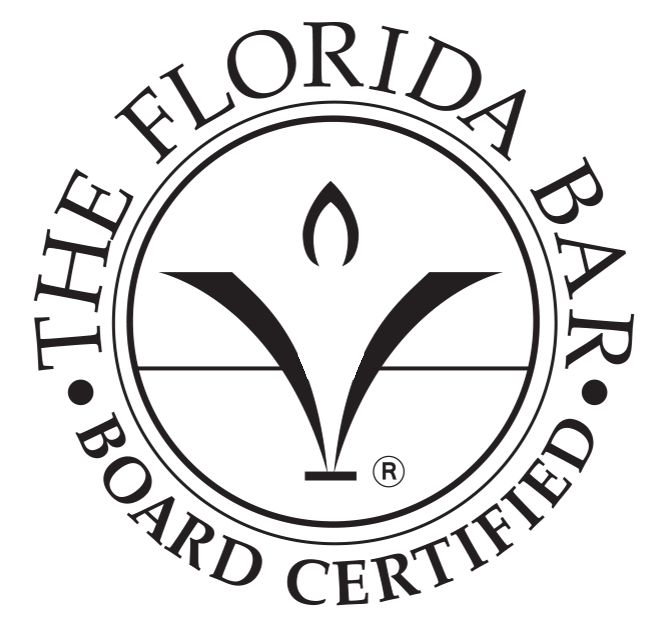Car accidents can be traumatic experiences for anyone involved, but the impact is even more distressing when children are injured. The safety of our children is paramount, and as responsible adults, it is crucial to understand the risks and take necessary precautions to protect them on the road.
Here, you can learn about the potential injuries children may sustain in car accidents, discuss preventive measures, and provide guidance on seeking legal recourse if an unfortunate event occurs.
If you need immediate legal advice or representation, contact our legal team at Zimmet & Zimmet. We offer free consultations to discuss your case.
Understanding the Risks
According to the National Highway Traffic Safety Administration (NHTSA), car accidents are one of the leading causes of child injuries and fatalities in the United States. Children are particularly vulnerable due to their smaller size, limited ability to brace themselves, and the incorrect use or absence of appropriate safety measures.
Common Injuries
Car accidents can result in devastating injuries, and children are particularly vulnerable. Understanding the common injuries that children may sustain in car accidents is crucial for taking preventive measures and ensuring their safety.
Some of the most common injuries children experience when they are involved in a car accident include the following:
Head and Brain Injuries
Head injuries are among the most serious and prevalent car accidents involving children. Depending on the severity of the impact, concussions, skull fractures, traumatic brain injuries (TBIs), and long-term cognitive impairment may result. Properly securing children in age-appropriate cars and booster seats can significantly reduce the risk of head injuries.
Spinal Injuries
The spine is another concern in car accidents, as the impact can cause sprains, strains, fractures, or even spinal cord injuries. The consequences of spinal injuries can range from temporary pain and discomfort to long-term disabilities, such as paralysis. Properly installed child safety seats and seat belts minimize these risks.
Internal Injuries
The force exerted during a collision can cause internal injuries, such as organ damage or internal bleeding. Children, with their delicate bodies, are particularly susceptible to these types of injuries. Prompt medical attention is essential, as symptoms may not always be immediately evident.
Preventive Measures
When it comes to the safety of our children, prevention is vital. Car accidents can have life-altering consequences, but we can significantly reduce the risk of injuries by taking proactive measures.
Proper Use of Child Restraints
It is essential to use the appropriate child safety restraints, such as rear-facing car seats, forward-facing car seats, and booster seats, based on the child’s age, weight, and height. Following the guidelines provided by the NHTSA and the American Academy of Pediatrics (AAP) will help ensure the safety of children.
Seat Belt Safety
As children grow older and outgrow their safety seats, transitioning them to seat belts is crucial. Children should use booster seats until they reach the recommended height and age requirements specified by state laws. Emphasizing the importance of wearing seat belts and setting an excellent example as a responsible driver will help instill safe habits from an early age.
Avoid Distractions
Distracted driving is a significant cause of accidents. As adults, we must prioritize our children’s safety by avoiding distractions such as texting, eating, or using electronic devices while driving. A momentary lapse in attention can have devastating consequences.
Seeking Legal Recourse
Dealing with the aftermath of a car accident involving child injuries can be overwhelming and emotionally draining. While our priority is the well-being of our children, it is essential to understand the legal options available to seek justice and compensation for their injuries.
Establishing Negligence
If your child sustains injuries in a car accident caused by another party’s negligence, you may be entitled to compensation for medical expenses, pain and suffering, and other damages. It is important to consult an experienced personal injury attorney specializing in car accident cases to assess the viability of your claim.
Statute of Limitations
Each state has specific statutes of limitations, which are time limits for filing a lawsuit. In Florida, the statute of limitations for personal injury claims, including those involving child injuries, is generally four years from the accident date. However, it is advisable to consult an attorney promptly to understand the specific time limitations that apply to your case.
Proving Damages
To pursue a successful personal injury claim, gathering evidence to establish the extent of your child’s injuries and the resulting damages is crucial. This may include medical records, photographs of injuries, witness statements, and expert opinions. An experienced attorney can guide you through building a strong case.
Insurance Coverage
Dealing with insurance companies can be complex and overwhelming, especially involving child injury claims. An attorney can help negotiate with the insurance company to ensure you receive fair compensation for your child’s injuries and related expenses.
Contact Zimmet & Zimmet for Help with a Child Injury After a Car Accident
Child injuries in car accidents are a distressing reality. Still, by understanding the risks, taking preventive measures, and seeking legal recourse when necessary, we can ensure the safety and well-being of our children.
Remember to use appropriate child restraints, follow state laws and guidelines, and remain vigilant while driving. In case of an unfortunate incident, consult a personal injury attorney with expertise in car accidents to protect your child’s rights and pursue rightful compensation.
Together, we can strive for safer roads and a brighter future for our children. Contact us today for a free consultation.











